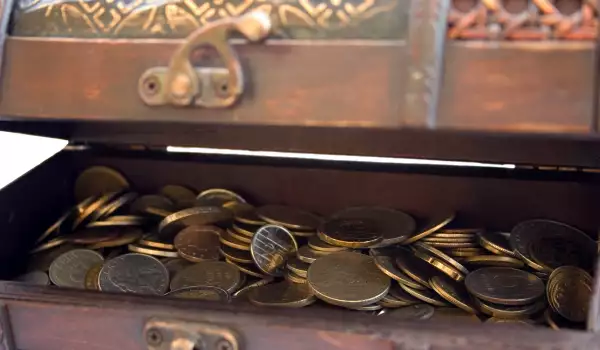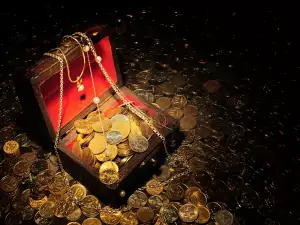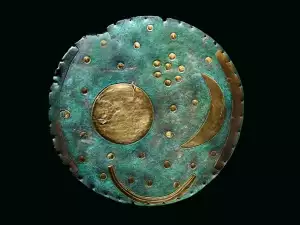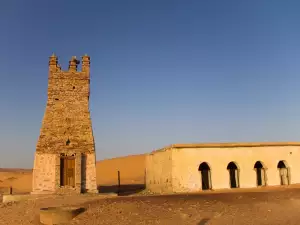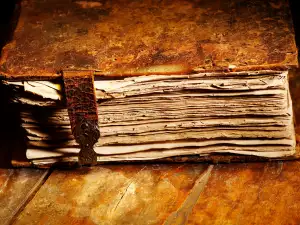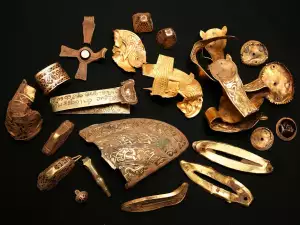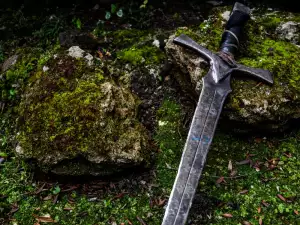There are several ways to get rich that don't generally involve hard work and are not illegal. Finding a long-lost legendary treasure is one of them.
Surprisingly to many, there are still quite a few treasures out in the world, whose existence is a fact beyond any doubt but whose location remains unknown to this day.
Here are some of the most famous lost treasures, the finding of which would guarantee a worry-free life not only for you but for your grandchildren as well.
The Amber Room
They call the Amber Room the 8th Wonder of the World. It is believed to have been built in Prussia by the famous architect Johann Fredrick Eozander on order of King Frederick William I, who later decided to give it as a gift to Peter I, Tsar of Russia.
The panels were mounted in the Catherina Palace under the guidance of Italian-born architect Rastrelli and new details were added to the room itself.
But apparently fate would have it that Frederick William I's wealth would be left in one place. After just 10 years, the panels were brought back to the Catherina Palace, where new details were added, with oversight from the architect Rastrelli.
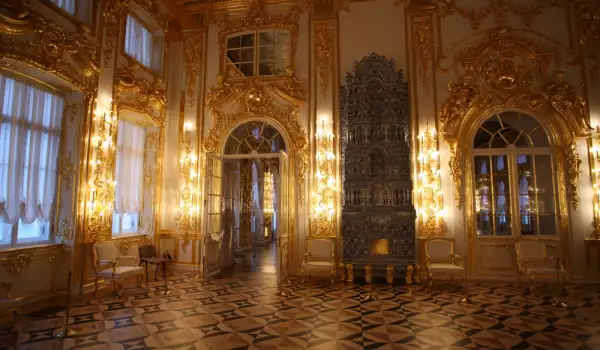
During World War II, the unique room was dismounted by the Nazis and brought to Königsberg Castle, where it was believed to have been destroyed during the invasion of Russian forces and bombardments.
But numerous historians are skeptical and believe that the room still exists, hidden in a safe place.
The Lufthansa Heist
One of the biggest heists in US history took place in 1978 at JFK international Airport in New York. During the robbery at the terminal belonging to the company Lufthansa, about $5 million were stolen, along with jewelry valued at $875 000, and the mastermind got rid of all the other participants in the crime just in case.
The Imperial Tsar's Gold
It is believed that on the eve of World War I, the Russian Empire was in possession of the greatest gold reserve in the world, which according to informants came out to more than 1300 tons.
A large part of this reserve was transferred to European banks as a stake for paying off shipments of weapons, gunpowder and supplies. But after the October Revolution in 1917, much of the gold remained in the banks.
Another part of it fell into the hands of the White Guard, who took it to Omsk, where it was sent on orders by Alexander Kolchak. What ultimately happened to it, no one knows.
The Gold of Millionaire Leon Trabuco
Mexican millionaire Leon Trabuco decided to take advantage of the devaluation of the dollar and jump in the price of gold during the Great Depression in the US. Trabuco and his business partners had purchased large quantities of gold with the idea of selling them back to the US later for profit.
But because of the Gold Reserve Act of 1934, according to which possession of large quantities of gold by private individuals was outlawed, Trabuco was forced to hide the gold in a secret location in the desert and sell it in parts.
Within 5 years, all of the millionaire's business partners died one by one, with Trabuco himself finally dying, taking the location of his gold-filled stores to the grave.
The Knights Templar Treasure
The treasures of the Knights Templar were legendary. It is said that the order began to hoard treasures since the very First Crusade in the Holy Land.
The Templars were creditors to monarchs and noblemen. In an attempt to get to their treasure (and for other political reasons), Philip IV of France used his influence to try to get his hands on the Templars' wealth.
Those Templars he caught and tortured refused to give him the whereabouts of the treasures. Others managed to escape, and if the legend is to be believed, they loaded the riches onto a ship and sent them to Nova Scotia (modern day Canada).
Subsequently, the treasures were hidden in a safe at Oak Island, where they still remain today.
